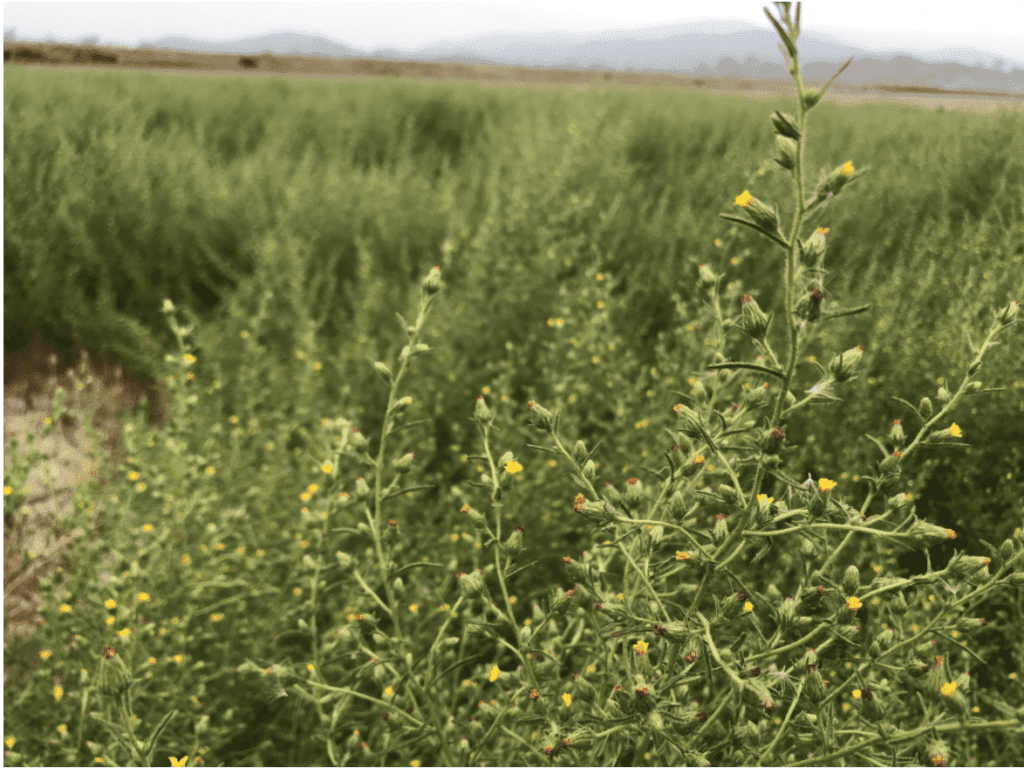Despite it feeling like time has stopped during these pandemic times, the world still turns, the seasons change, and invasive plants continue to threaten the health and wellbeing of our bayland ecosystems. After all, invasive species don’t need to follow shelter in place restrictions! Invasive species are plants, animals, or other organisms that have evolved in one area of the planet and were transported beyond their native range, either on purpose or by accident. However, not all non-native species are inherently bad; most have a limited potential to spread outside of cultivated areas or are unsuitable to grow in our wildlands where they lack human stewardship. To be invasive, a species must also have a demonstrated negative impact on the environments in which they grow and spread. Some invasive species, like the Glassy-Winged Sharpshooter, can damage agricultural products by feeding on them and spreading crop-damaging pathogens. In fact, according to the Center for Invasive Species Research from the University of California Riverside, California loses $3 billion every year in agriculture sales due to invasive pests! Others invasive species impact ecosystem processes. For example, Yellow Starthistle can displace native plants by producing thousands of highly viable seeds; those seedlings then drain soils of water during our hot, dry summers, impacting the strength and vigor of native plants during this stressful season. Invasive hybrids of Spartina alterniflora can displace native stands of cordgrass and mudflats, which are important foraging habitat for migratory shorebirds.

So, what’s to be done about the threat that invasive species pose to our environment? One place you can start is with your own backyard. Many emerging invasive plants, like Licorice Plant or Cotoneaster were introduced to California through the horticultural plant trade. Many common plants in typical big box, retail nursery come from other areas of the world with Mediterranean climates like California, meaning they are already well adapted to grow in our area and become nuisances later on. You can find native, locally sourced plants from any chapter of the California Native Plant Society; each chapter usually holds a plant sale fundraiser in the Spring and Autumn of each year. You can also check out the California Invasive Plant Council for updates on the spread of invasive plants in your area, or volunteer with Save The Bay (when our programs resume!) during the Spring, Summer, or Fall when we depend on volunteers to help us remove these invasives from our restoration site.

















































